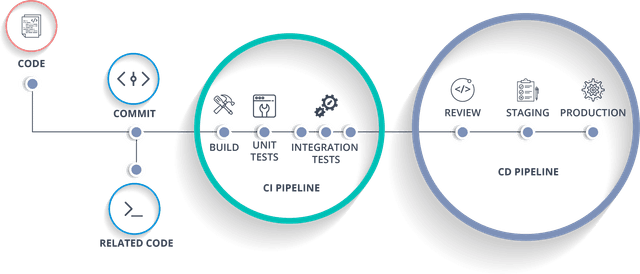Automation for software development
Continuous Integration (CI) refers to the build and unit testing stages of the software release process. Every committed revision can trigger an automated build and test. With Continuous Delivery (CD), code changes are automatically built, tested, and prepared for a release to production.

You can implement Continuous Integration and Continuous Delivery (CI/CD) workflows for your research software using either GitHub Actions or GitLab pipelines. Choose the platform that fits your project needs based on factors such as privacy and security needs, collaboration requirements, and available features.
GitHub Actions
GitHub Actions workflows and concepts.
GitLab pipelines
GitLab pipelines in TU Delft GitLab.
 Research Software
Research Software Data Management
Data Management Computing Infrastructure
Computing Infrastructure Catalogue
Catalogue